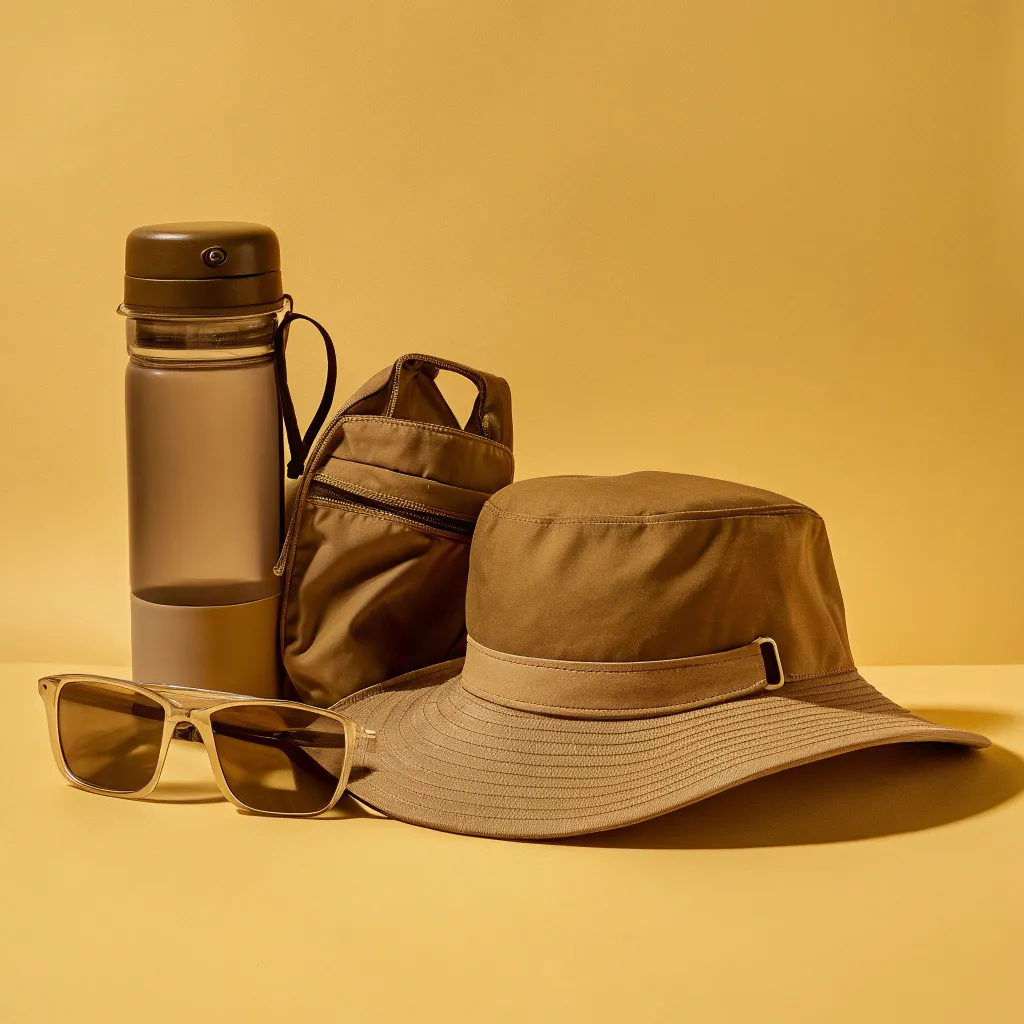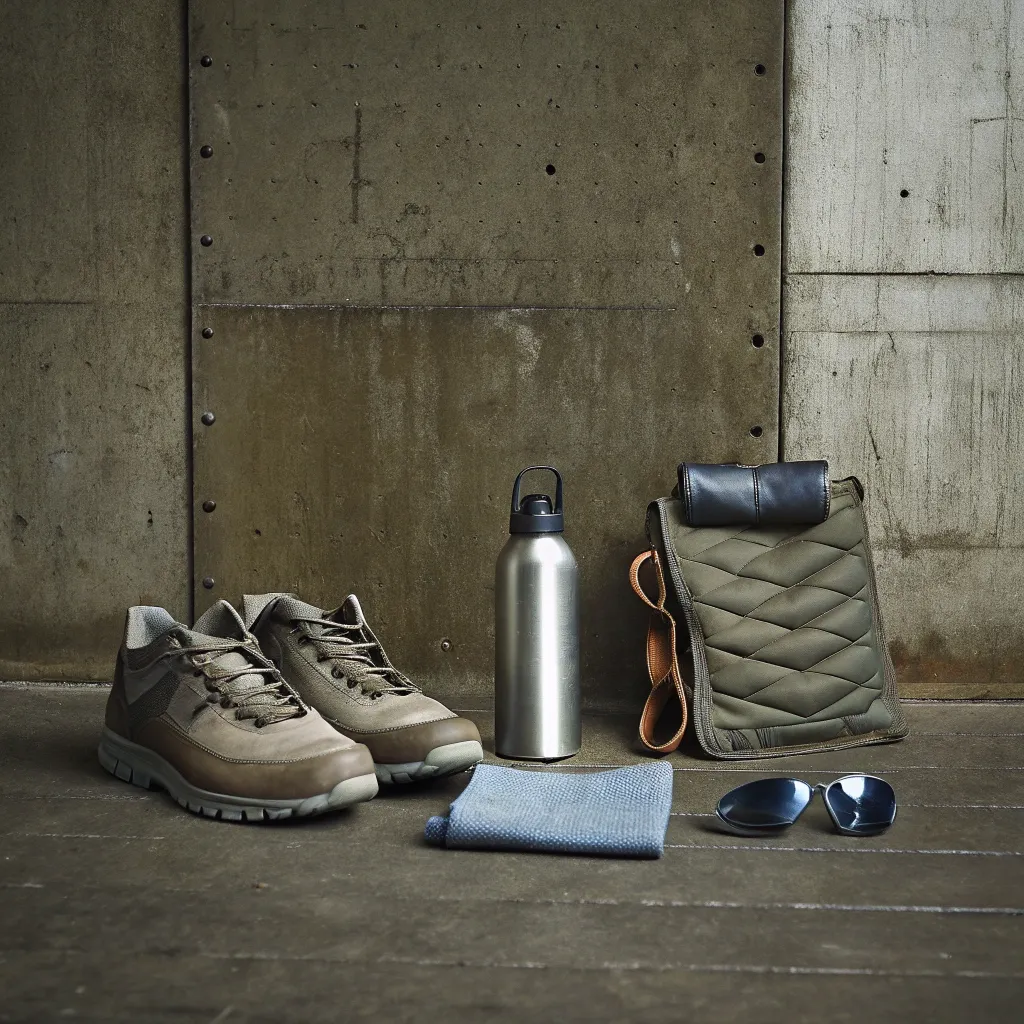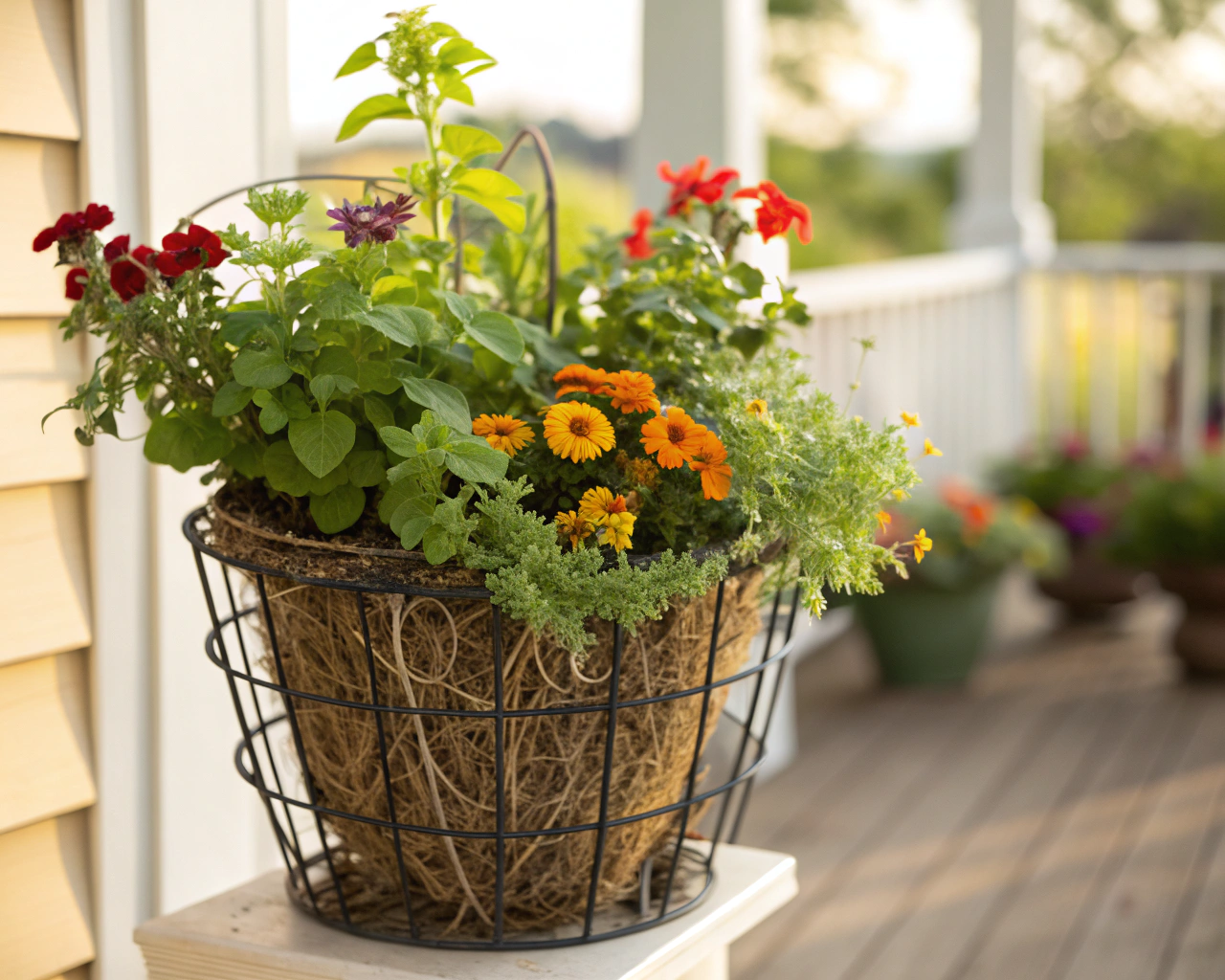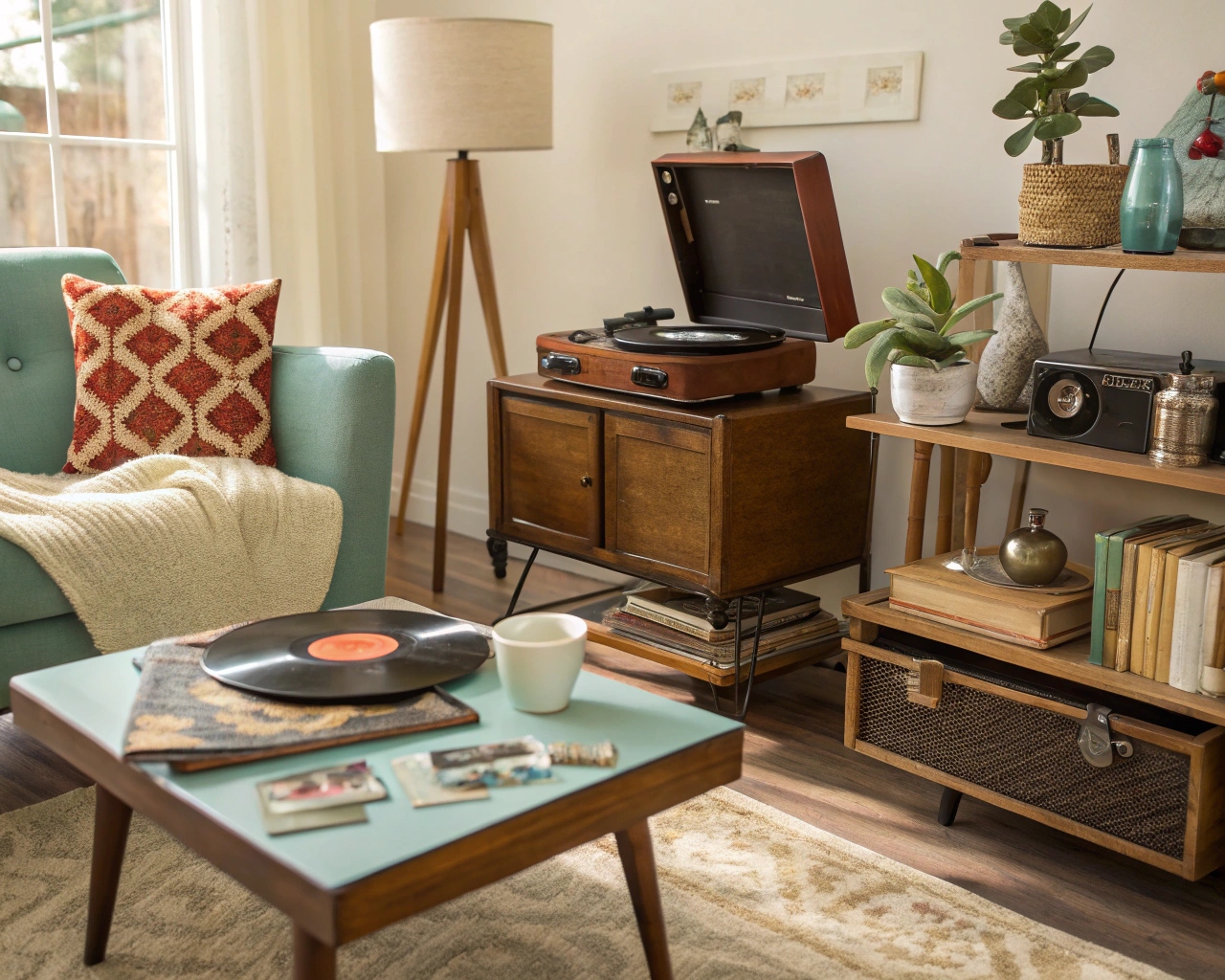The summer months bring perfect opportunities for outdoor adventures, whether you're hitting the trails, setting up camp under the stars, or exploring new terrain. Having the right gear can make all the difference between an enjoyable experience and an uncomfortable ordeal. I've spent the last few months testing various outdoor equipment to bring you this comprehensive review of top-performing summer gear that balances functionality with comfort.
Hiking Footwear That Goes the Distance
Women's Hiking Boots: Finding the Perfect Fit
When it comes to women's hiking boots, the market offers numerous options, but not all deliver on their promises. After testing several popular models, the Danner Mountain 600 Leaf Gore-Tex stands out for its impressive balance of style, comfort, and performance on various terrains.
What makes these boots exceptional is their lightweight design combined with superior ankle support. During a particularly rocky hike last Tuesday in the Cascades, I noticed how the Gore-Tex membrane kept my feet dry through several stream crossings while maintaining breathability in the 85-degree heat.

Another standout option is the Salomon X Ultra 4 Mid GTX, which excels in technical terrain. The quick-lace system eliminates the annoyance of stopping to retie boots, though I found it occasionally loosens on longer descents.
For those seeking a more budget-friendly option without sacrificing quality, the Merrell Moab 3 Mid Waterproof boots provide excellent value. They don't have quite the same durability as premium models, but their out-of-the-box comfort is unmatched for day hikes and weekend adventures.
Hiking Socks: The Unsung Heroes of Foot Comfort
Even the best boots can't compensate for poor-quality socks. After countless miles of testing, the Darn Tough Hiker Full Cushion socks have earned their reputation as the gold standard. Their merino wool blend provides outstanding temperature regulation – keeping feet cool during hot summer hikes while preventing blisters with their seamless design.
What impressed me most about the Darn Tough socks was their durability. After approximately 200 miles of hiking, they show minimal signs of wear. At around $25 per pair, they're not cheap, but their lifetime guarantee makes them a worthwhile investment.
For hikers who prefer a lighter cushion, the Farm to Feet Damascus Lightweight Technical Crew offers excellent breathability with targeted cushioning. I've found them particularly comfortable in temperatures above 80 degrees, though they don't provide quite the same blister protection on longer treks.

Technical Clothing for Summer Adventures
Hiking Pants: Balancing Protection and Ventilation
Finding hiking pants that perform well in summer conditions requires balancing protection from brush and sun with adequate ventilation. The Outdoor Research Ferrosi pants consistently outperform competitors in this category, offering remarkable breathability while maintaining durability against rocks and thorny vegetation.
What sets the Ferrosi pants apart is their stretchy fabric that moves with you during scrambles and steep ascents. The integrated belt eliminates the need for separate accessories, and the quick-drying material proved invaluable during an unexpected afternoon thunderstorm in the Rockies last month.
For those preferring more ventilation options, the prAna Stretch Zion II pants feature convertible zip-off legs and mesh-lined pockets that double as vents. While slightly heavier than the Ferrosi, their versatility makes them ideal for variable summer conditions.
Why Natural Materials Matter in Outdoor Clothing

The old adage "cotton kills" exists for good reason – cotton absorbs moisture and loses insulating properties when wet, potentially leading to hypothermia even in summer conditions. But what natural alternatives work best?
Merino wool stands as the premier natural fiber for outdoor performance clothing. Unlike synthetic materials, merino naturally resists odor, regulates temperature effectively, and feels comfortable against the skin. The Smartwool Merino 150 Base Layer provides excellent performance for summer hiking, though at a higher price point than synthetic alternatives.
For those sensitive to wool or seeking more affordable options, hemp-blend fabrics offer impressive durability and natural UV protection. The Prana Sutra pants, with their hemp/recycled polyester blend, provide excellent breathability while maintaining sufficient stretch for active movement.
Essential Camping Gear for Summer Comfort
Tents: Your Home Away From Home
Summer camping requires tents that maximize ventilation while providing protection from insects and unexpected weather. After testing numerous models across various conditions, the Big Agnes Copper Spur HV UL2 consistently delivers exceptional performance.
What makes this tent stand out is its thoughtful design – near-vertical walls create livable space despite the compact footprint, while extensive mesh panels provide superb airflow on warm nights. During a weekend trip with temperatures hovering around 90°F, the tent remained remarkably comfortable with all vestibules open.
For those prioritizing value, the REI Co-op Half Dome SL 2+ offers similar features at a lower price point. It weighs about 12 ounces more than the Copper Spur but provides additional interior space and comparable ventilation. The tradeoff comes in packed size and setup complexity – it took me nearly twice as long to pitch compared to the Copper Spur.
Sleeping Systems for Hot Weather
Summer sleeping comfort depends largely on managing temperature regulation. The Therm-a-Rest NeoAir XLite sleeping pad provides excellent insulation from the ground while minimizing weight and packed size. Its reflective technology helps maintain comfortable sleeping temperatures even when nighttime temperatures drop unexpectedly.
Pairing this with the right sleeping bag or quilt makes all the difference. The REI Co-op Magma 30 Trail Quilt offers versatile temperature management – it can be fully opened as a blanket on warm nights or secured around you when temperatures drop. I've found it comfortable in temperatures ranging from 45°F to 75°F, making it ideal for summer conditions across various elevations.
How Do You Choose the Right Hydration System for Summer Hiking?
Staying properly hydrated during summer activities presents unique challenges. The choice between hydration reservoirs, water bottles, or filtration systems depends on your specific needs and preferences.
Hydration Reservoirs vs. Water Bottles
Hydration reservoirs like the Platypus Big Zip EVO (3L) offer the convenience of drinking without stopping, encouraging consistent hydration throughout your hike. The bite valve can be positioned near your shoulder for easy access, and the large capacity means carrying sufficient water for longer treks.
However, traditional water bottles have their advantages. The Nalgene Wide-Mouth (32oz) allows for easier monitoring of water consumption and simplifies refilling from natural sources. I typically carry one bottle with an electrolyte mix and one with plain water for versatility.
For ultralight hikers, the Smartwater bottle has become popular due to its durability, lightweight design, and compatibility with many screw-on water filters. While not technically designed for hiking, these bottles have proven remarkably durable in my experience.
Water Filtration Solutions
Access to clean water becomes critical during extended summer outings. The Sawyer Squeeze filter consistently performs well, filtering water quickly while removing 99.99999% of bacteria and protozoa. Its versatility allows direct drinking, filling bottles, or integration with hydration systems.
For those concerned about viruses or traveling internationally, the Grayl GeoPress purifier provides comprehensive protection against pathogens, chemicals, and microplastics. Though heavier than simple filters, its convenience – purifying water in just 8 seconds – makes it worth considering for certain environments.
Navigation and Safety Gear
GPS Devices and Navigation Apps
While smartphones offer excellent navigation capabilities, dedicated GPS devices provide reliability in areas with poor cell coverage. The Garmin GPSMAP 66i combines GPS navigation with inReach satellite communication, offering peace of mind during remote adventures.
For day hikers staying on established trails, apps like AllTrails Pro provide sufficient navigation with the ability to download maps for offline use. I've found the combination of a smartphone app with a backup paper map to be the most practical solution for most summer hiking situations.
Sun Protection Essentials
Summer outdoor activities require serious sun protection. Beyond standard sunscreen (mineral-based options like Thinksport SPF 50+ provide effective protection without harmful chemicals), consider your clothing strategy.
Wide-brimmed hats with UPF protection, like the Sunday Afternoons Adventure Hat, provide superior coverage for face, neck, and ears compared to baseball caps. The awkward appearance is worth the protection it offers during long days on exposed trails.
Sun sleeves have become increasingly popular for summer hiking, allowing temperature regulation while providing UPF 50+ protection. The Outdoor Research ActiveIce Sun Sleeves can actually feel cooler than bare arms in direct sunlight due to their evaporative cooling technology.
Field Testing Results: Real-World Performance
Durability Considerations
While laboratory testing provides valuable data, real-world performance often tells a different story. After six months of intensive use, several items demonstrated exceptional durability:
- Darn Tough socks continue to look nearly new despite hundreds of miles
- The Outdoor Research Ferrosi pants withstood multiple brushes with thorny vegetation without tears
- The Platypus Big Zip EVO shows no signs of leaking, unlike previous hydration bladders I've used
Conversely, some disappointing performances emerged:
- The supposedly waterproof coating on a popular brand's hiking pants (not mentioned above) began failing after just five washes
- Several "quick-dry" t-shirts retained moisture significantly longer than advertised in humid conditions
Comfort Over Extended Use
Initial comfort often differs from how gear feels after hours of continuous use. The Danner Mountain 600 boots, while slightly stiff during the first few miles, molded to my feet beautifully over time. Conversely, a competing boot (which felt wonderful in the store) caused hot spots after 5+ miles consistently.
For backpacks, the Osprey Exos 58 demonstrated superior comfort during long days, with its suspended mesh back panel providing excellent ventilation in hot conditions. The load transfer to hips remained effective even when carrying extra water for dry camping.
Sustainability Considerations in Outdoor Gear
As outdoor enthusiasts, we have a responsibility to consider the environmental impact of our gear choices. Several brands are making significant strides in sustainability:
- Patagonia's Worn Wear program offers repair services and resells used gear
- Cotopaxi incorporates leftover fabric into their colorful designs, reducing waste
- Osprey's All Mighty Guarantee encourages repairs rather than replacement
When possible, consider buying high-quality gear that lasts longer, repairing items rather than replacing them, and supporting brands with transparent supply chains and environmental initiatives.
Budget-Friendly Alternatives That Perform
Quality outdoor gear often comes with premium price tags, but several budget-friendly alternatives deliver impressive performance:
- Decathlon's Quechua MH500 hiking pants offer comparable features to premium brands at less than half the price
- The Cascade Mountain Tech Carbon Fiber Trekking Poles perform nearly as well as poles costing three times as much
- REI Co-op's Flash hiking series provides excellent value across various product categories
While investing in quality gear for critical items like footwear and rain protection is wise, many budget-friendly options perform admirably for less essential items.
Final Thoughts: Matching Gear to Your Adventure Style
The "best" outdoor gear ultimately depends on your specific needs, preferences, and the type of adventures you pursue. Ultralight backpackers might prioritize weight savings over durability, while weekend campers might prefer comfort and ease of use over packability.
Consider renting or borrowing gear before making significant investments, particularly for items like tents or sleeping bags. Many outdoor retailers offer rental programs that allow you to test gear in real conditions before committing.
Remember that even the best gear can't replace experience and good judgment. Start with shorter adventures to test your system, make adjustments based on what works for your body and preferences, and gradually expand your comfort zone as your confidence and skill grow.
With the right combination of gear suited to your needs, summer outdoor adventures can be comfortable, safe, and memorable – allowing you to focus on the experience rather than equipment concerns.
Note: This article is based on personal testing and research. Individual experiences may vary based on body type, terrain, and specific conditions.






